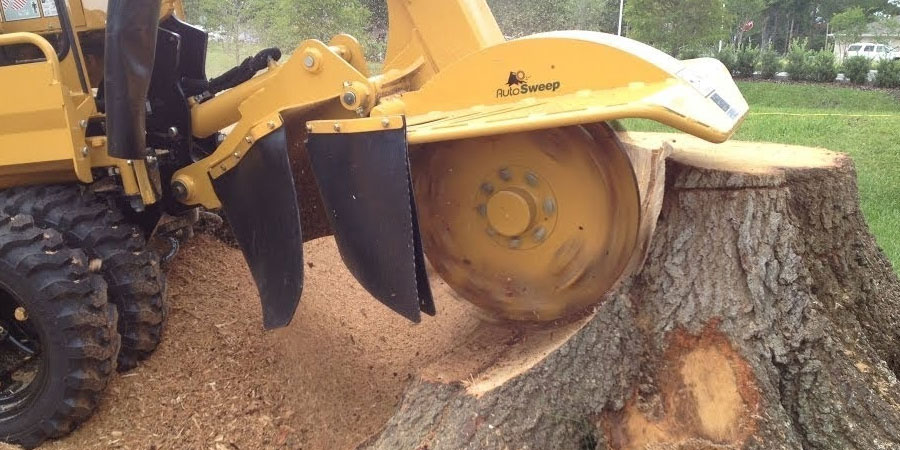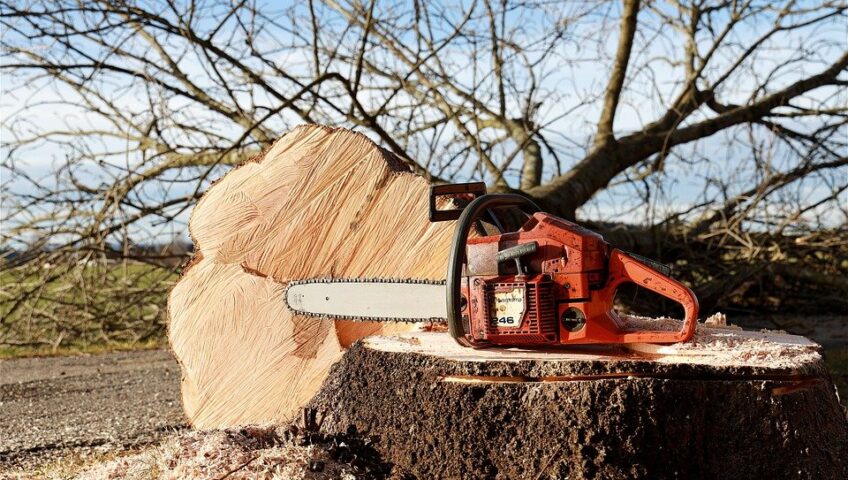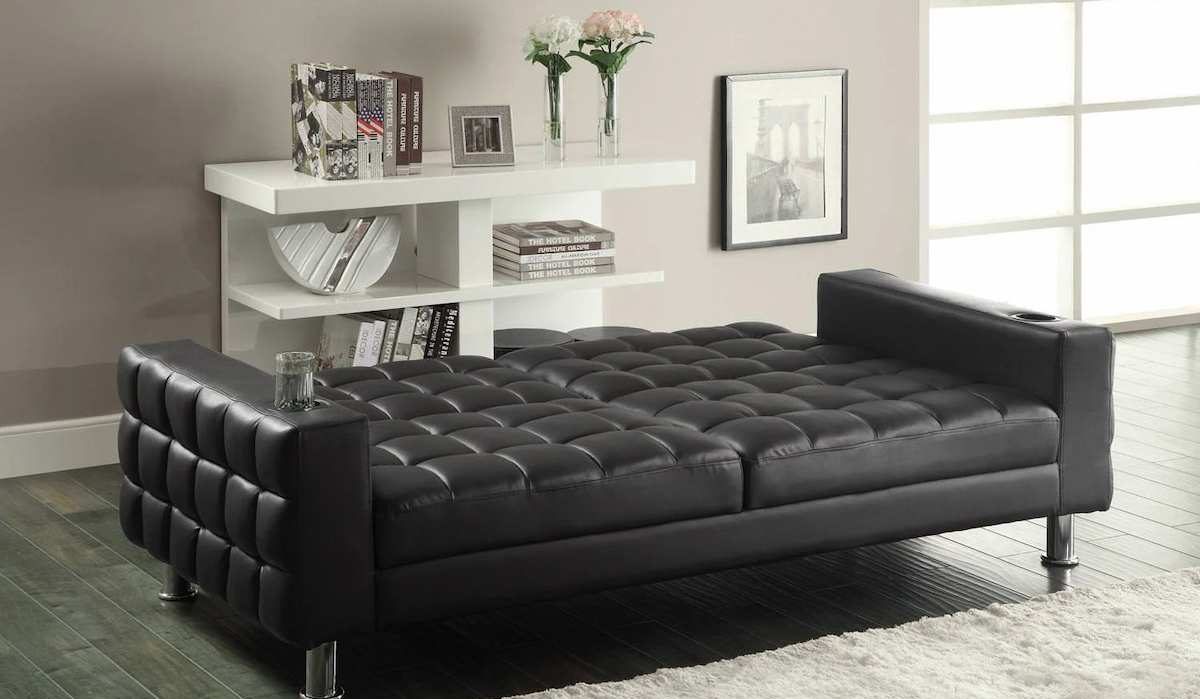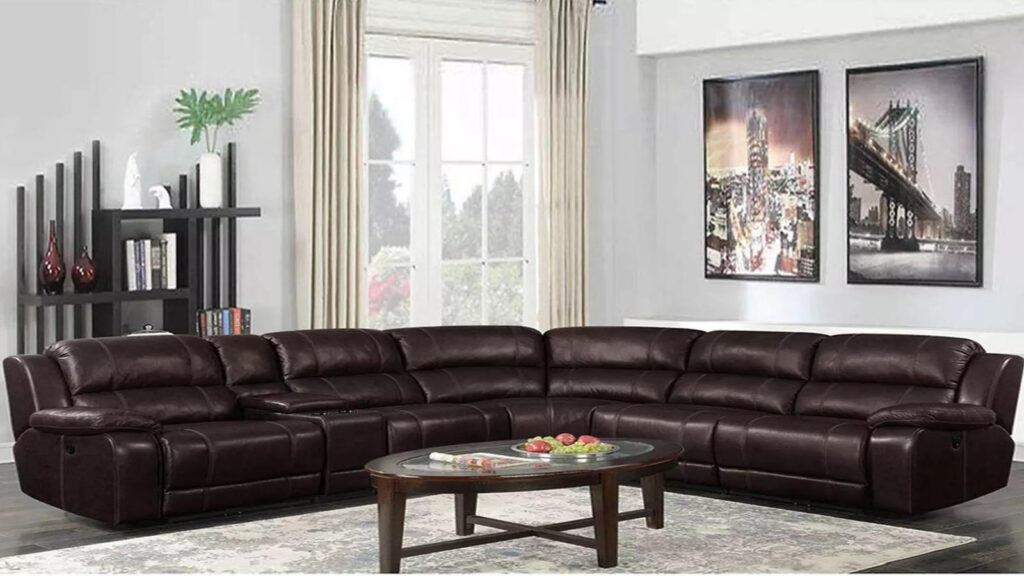Understanding property boundaries is crucial for any homeowner or landowner. A boundary survey is a professional service that delineates the exact lines of your property, providing clarity and protection against potential legal disputes. This article explores how a boundary survey can safeguard your property and prevent legal issues down the line.
What is a Boundary Survey?
A boundary survey is a detailed examination of a property’s boundaries, conducted by a licensed surveyor. The surveyor uses various tools and techniques to measure the land accurately, often referencing historical records, maps, and legal documents. This process results in a comprehensive report that outlines the precise boundaries of the property.
The Importance of Accurate Measurements
Accurate measurements are vital in establishing property lines. Inaccuracies can lead to disputes with neighbours, potential encroachments, and even legal battles. A boundary survey ensures that all measurements are precise, providing a solid foundation for property ownership. Furthermore, the surveyor may employ advanced technology such as GPS and laser scanning to enhance the accuracy of their measurements, ensuring that even the most intricate details of the land are captured. This level of precision is particularly crucial in densely populated areas where properties are closely situated, as even a minor miscalculation can result in significant complications.
Documentation and Legal Protection
The documentation produced from a boundary survey serves as a legal record of property lines. This can be invaluable in disputes, as it provides clear evidence of ownership and boundaries. Having this documentation can deter potential encroachments and support your case should a legal issue arise. Additionally, boundary surveys can also reveal easements or rights of way that may affect the property, which could be critical information for prospective buyers or developers. Understanding these nuances not only aids in protecting one’s investment but also ensures compliance with local zoning laws and regulations, which can vary significantly from one area to another. Moreover, in cases of property development or renovations, a boundary survey can assist in planning and executing projects without infringing on neighbouring properties, thereby fostering good relations with the community.
Common Legal Issues Arising from Boundary Disputes
Boundary disputes can lead to various legal issues, often causing significant stress and financial strain for property owners. Understanding these potential problems can highlight the importance of conducting a boundary survey.
Encroachments
Encroachments occur when a neighbour builds or extends their property over the boundary line. This can lead to disputes that may require legal intervention. A boundary survey can help identify any encroachments and provide evidence to resolve the issue amicably. In many cases, encroachments can be resolved through negotiation, but if discussions break down, property owners may find themselves embroiled in lengthy legal battles that can drain both time and resources. It’s essential to keep in mind that even small encroachments can escalate into significant disputes, particularly if they affect access, views, or the overall enjoyment of one’s property.
Adverse Possession Claims
In some cases, a neighbour may claim ownership of a portion of your land through adverse possession, which occurs when they have occupied the land for a specific period without your permission. A boundary survey can clarify ownership and prevent such claims from being successful. The laws surrounding adverse possession can vary significantly between jurisdictions, with some requiring a continuous and open occupation for a decade or more. This can create a precarious situation for property owners who may be unaware of their rights, as a neighbour’s long-standing use of land can lead to unexpected claims that undermine their ownership. Therefore, regular boundary surveys and clear documentation of property lines are crucial in safeguarding against such claims.
Disputes Over Fencing and Landscaping
Fencing and landscaping can also lead to boundary disputes. If a fence is built on the wrong side of the boundary line, it can create tension between neighbours. A boundary survey provides clarity, ensuring that all parties understand where their property begins and ends. Furthermore, disputes can arise not only from the placement of fences but also from the types of plants or trees that are planted near the boundary. For instance, overhanging branches or roots from a neighbour’s tree can encroach upon your property, leading to further disagreements. In such cases, it is advisable to consult local regulations and guidelines regarding property boundaries and tree maintenance, as these can provide additional support in resolving disputes amicably. Engaging in open communication with neighbours about property lines and landscaping intentions can often prevent misunderstandings before they escalate into more serious legal issues.
Benefits of Conducting a Boundary Survey
Investing in a boundary survey offers numerous benefits that can protect property owners from legal issues. These advantages extend beyond mere measurements and can significantly impact property ownership.
Peace of Mind
Knowing the exact boundaries of your property brings peace of mind. Homeowners can confidently make decisions regarding landscaping, building extensions, or even selling their property, knowing they are within their rights. This clarity not only alleviates anxiety but also fosters a sense of security, allowing homeowners to invest in their properties without fear of encroaching on a neighbour’s land. Additionally, it can prevent disputes that may arise from misunderstandings about property lines, which can often lead to costly and time-consuming legal battles.

Informed Decision-Making
A boundary survey equips property owners with the necessary information to make informed decisions. Whether considering renovations or purchasing adjacent land, having a clear understanding of property lines is essential. This knowledge can also be invaluable when planning for future developments, as it helps homeowners avoid potential pitfalls associated with zoning laws and local regulations. Furthermore, understanding the precise boundaries can assist in effective land use, ensuring that any improvements or alterations are not only compliant but also optimally positioned to enhance the property’s functionality and aesthetic appeal.
Increased Property Value
Properties with clearly defined boundaries tend to have higher market values. Potential buyers are often more interested in properties with documented surveys, as it reduces the risk of future disputes. Thus, a boundary survey can be a valuable investment for homeowners looking to sell. Moreover, the presence of a boundary survey can serve as a selling point, offering reassurance to buyers that the property is well-maintained and legally sound. This can lead to a quicker sale and potentially higher offers, making it a strategic move for anyone considering a future transaction. Additionally, in areas where property disputes are common, having a boundary survey can significantly enhance the appeal of a property, setting it apart from others on the market.
Choosing the Right Surveyor
Selecting a qualified surveyor is crucial for ensuring a thorough and accurate boundary survey. Here are some key factors to consider when choosing a surveyor.
Qualifications and Experience
It is essential to choose a surveyor with the appropriate qualifications and experience. Look for professionals who are licensed and have a solid track record in conducting boundary surveys. Experience in your specific area can also be beneficial, as local regulations and land characteristics can vary.
Reputation and Reviews
Researching a surveyor’s reputation can provide insights into their reliability and professionalism. Reading reviews and testimonials from previous clients can help gauge their performance and customer service. A reputable surveyor will have positive feedback and a history of satisfied clients.
Clear Communication
Effective communication is vital throughout the surveying process. A good surveyor should be able to explain the process clearly, answer any questions, and keep you informed at each stage. This transparency can help build trust and ensure a smooth experience.
The Process of a Boundary Survey
Understanding the process of a boundary survey can help property owners prepare for what to expect. While the details may vary depending on the surveyor and the property, there are common steps involved.
Initial Consultation
The process typically begins with an initial consultation, where the surveyor discusses your needs and gathers information about the property. This may include reviewing existing documents, such as title deeds and previous surveys.
Field Work
Next, the surveyor conducts fieldwork, which involves measuring the property using specialised tools and techniques. This step may take several hours or even days, depending on the size and complexity of the property.
Report Preparation
Once the fieldwork is complete, the surveyor prepares a detailed report outlining the findings. This report includes a map of the property, measurements, and any relevant notes regarding boundaries. The surveyor will then present the report to you, explaining the results and answering any questions.
When to Consider a Boundary Survey
There are several scenarios in which property owners should consider conducting a boundary survey. Recognising these situations can help prevent future legal issues and ensure a clear understanding of property boundaries.
Before Buying or Selling Property
Conducting a boundary survey before buying or selling property is highly advisable. For buyers, it provides assurance that they are purchasing the correct land, while sellers can present clear boundaries to potential buyers, enhancing the property’s appeal.

When Planning Renovations
If planning any renovations, such as building a fence, extension, or outbuilding, a boundary survey can help ensure that these projects are within legal boundaries. This can prevent costly mistakes and disputes with neighbours.
In Response to Neighbour Disputes
If a dispute arises with a neighbour regarding property lines, conducting a boundary survey can provide clarity and evidence to resolve the issue. It is often a proactive step to avoid escalating tensions and potential legal battles.
Conclusion
A boundary survey is a vital tool for property owners, providing clarity and protection against legal issues. By understanding property boundaries, homeowners can make informed decisions, avoid disputes, and enhance their property’s value. Investing in a boundary survey is not just a precaution; it is a proactive measure that can save time, money, and stress in the long run.
In a world where property disputes are all too common, ensuring that boundaries are clearly defined is essential. Whether buying, selling, or simply maintaining a property, a boundary survey is an investment in peace of mind and legal security.
More to Read : Cadastral Surveying Explained: When You Need a Cadastral Surveyor



























